Trip Planning FAQs
Is it safe to travel to Sri Lanka?
Yes, Sri Lanka is safe to visit. It is a Buddhist country, and most of the people living on the island are friendly and welcome travelers from all around the world. However, it is still necessary to avoid going out alone late at night to less crowded areas or beaches. Besides, drinking tap water and eating street food are not recommended during your Sri Lanka tour.
What kind of visa do I need for a Sri Lanka tour?
All tourists need to apply for a visa which is known as Electronic Travel Authorization (ETA) before landing. For tourists from most countries, it costs USD 50. It can also be obtained on arrival, but the cost will be USD 60. The ETA is valid for 30 days and can be extended to 6 months during your stay.
Where to go first time in Sri Lanka?
The country boasts breathtaking natural beauty, historical landmarks and vibrant culture. For first-time visitors, here are some must-go places: Sigiriya Rock Fortress, an ancient fortress built on a massive boulder in the 5th century; Temple of the Sacred Tooth Relic in Kandy, a UNESCO listed site and one of the most sacred Buddhist temples in the world; Galle Dutch Fort, a 400-year coastal colonial fort; and the Ancient cities of Anuradhapura and Polonnaruwa.
Where is the best place to see stilt fishermen?
Stilt fishermen are easy to witness along the southern coast of Sri Lanka, and Koggala is the most well-known place to see the fishermen and admire the stunning sea view. Stilting fishing, an old practice that combines local wisdom and art, was once one of the cultural symbols of the country. However, we won’t recommend that you go for it, especially if you have to take a detour, as this unique tradition is gradually turning into a tourist trap with fake fishermen acting and asking for high prices if you want to capture a photo of them.
Is it worth to try the Sri Lanka train?
Definitely yes! Enjoying natural sceneries through a train journey is undoubtedly attractive. One of the most beautiful train rides in Sri Lanka is from Nuwara Eliya to Ella, during which you could admire spectacular views and enjoy the mountain breeze in a vintage train carriage. The coastal train journey from Galle to Colombo is also highly recommended to get yourself accompanied by clear blue sea and rural beachside towns all the way. Remember not to lean out of the door or window to keep safe during the ride. Since it will be hard to get a ticket during peak season, so booking one in advance is necessary.
How do I get around Sri Lanka?
Our guests would enjoy hassle-free private car service and be escorted by our professional driver guide all the way.
If you are going on an independent travel, renting a car is the most convenient choice to get around the country. Here are some public transportation tips:
• Using Uber or PickMe apps to book a taxi, tuk-tuk (three-wheeler) or motorbike. Notice that not all areas have taxi service.
• Always agree a price before taking a ride to avoid getting a rip-off, which is quite common especially in remote areas.
• Bus or coach, available in most cities and towns, is the most budget-friendly way to get around if you don’t mind a crowded and uncomfortable ride.
What is the best time to visit Sri Lanka?
Generally, the best time for Sri Lanka tours is from December to April, during which the weather is favorable with less rainfall. For southern coastal cities like Galle and Mirissa, the best time is from late November to April. For east coastal region of Trincomalee, May to August is ideal for you to enjoy the sunny beaches and spot blue whales. As for the historic cities of Anuradhapura, Sigiriya and Dambulla, the best time to go is between January and March with pleasant temperatures. Bring light and breathable clothes to cope with the tropical climate, and if you are going to the central highlands, comfortable walking shoes and a light jacket or sweater work well.
What are the local customs and etiquette? Are there any dos and don’ts?
Sri Lanka is a relatively conservative country, so it’s important to show your respect and dress modestly especially when visiting religious sites. Most temples require visitors to take off shoes and hats and wear clothes that cover shoulders and knees. Ask for permission if you want to take a photo in a temple, and do not turn your back to Buddha statues.



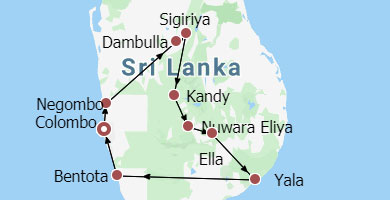
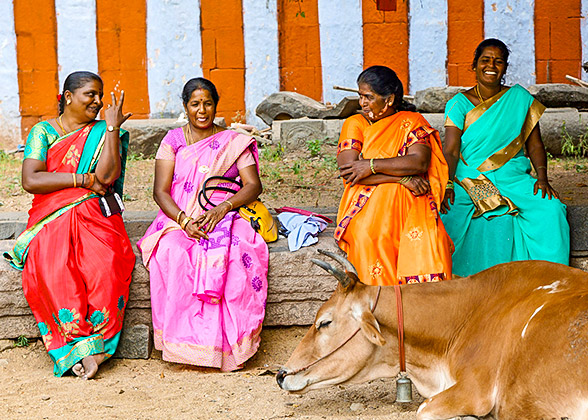
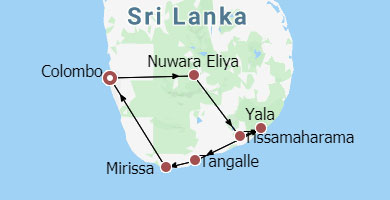
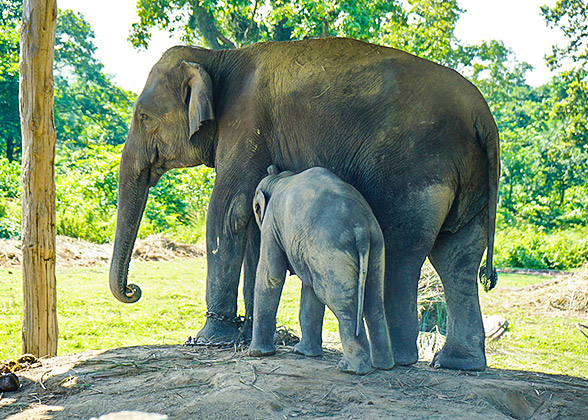
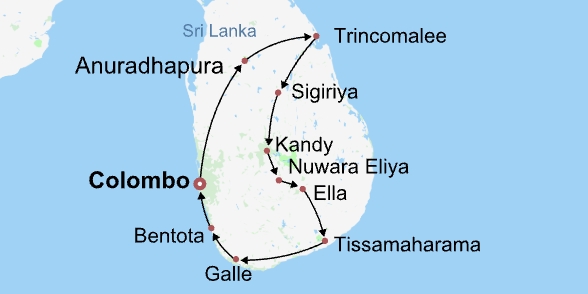

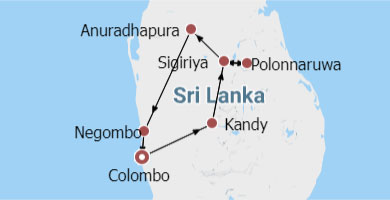
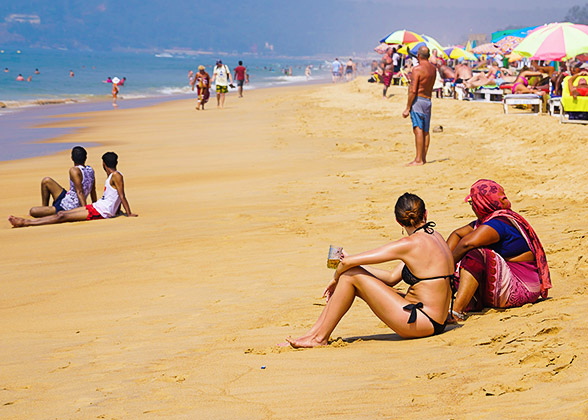
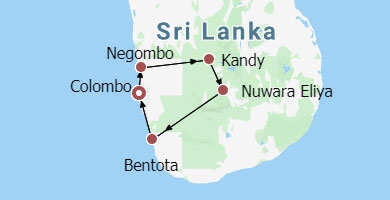
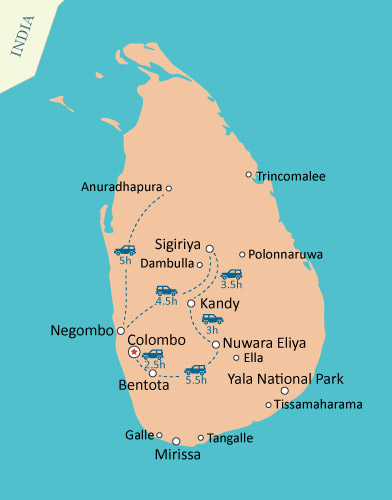
 6 to 8 Days
6 to 8 Days
 10 Days
10 Days
 14 Days or More
14 Days or More